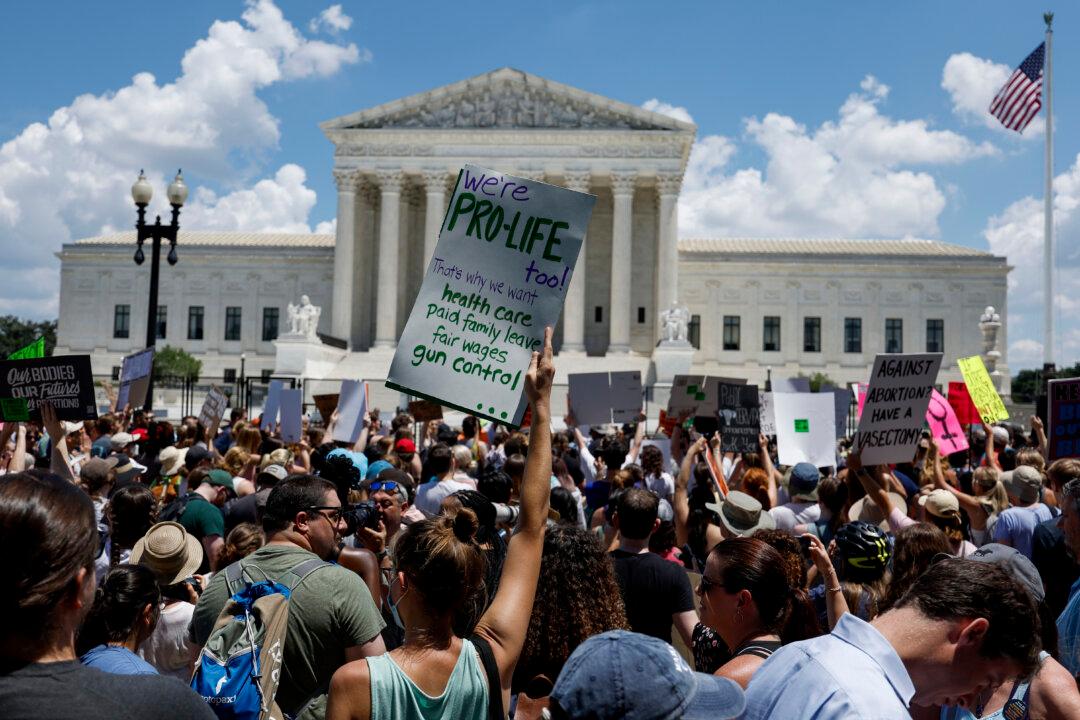Sens. Dianne Feinstein (D-Calif.) and Chuck Grassley (R-Iowa) introduced the Methamphetamine Response Act, which requires the Office of National Drug Control Policy (ONDCP) to designate methamphetamine as an emerging drug threat.
The bipartisan bill will require the ONDCP to create a national plan on how to prevent methamphetamine overdoses from becoming a national crisis.





